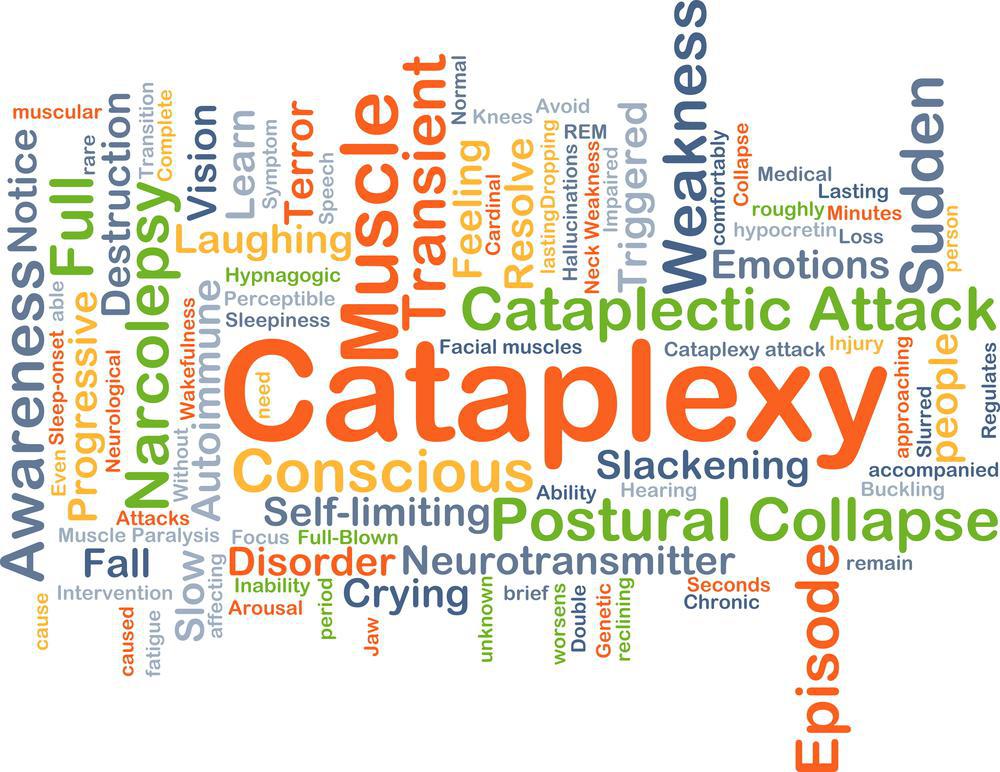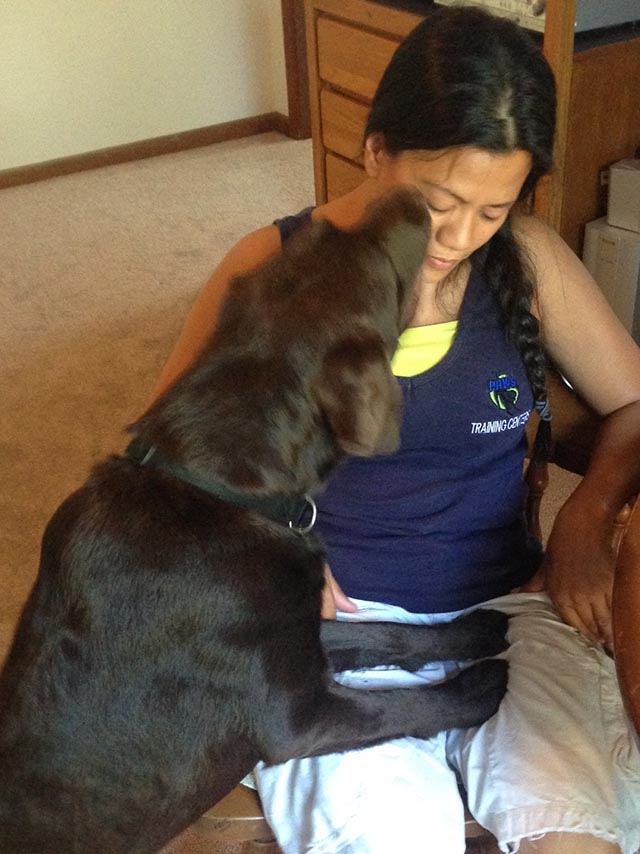


The condition is strongly associated with the HLA-DR2 and DQw1 phenotype. Associated features include the pathological manifestations of rapid-eye-movement (REM) sleep: cataplexy, sleep paralysis, hypnagogic hallucinations, and abnormal sleep-onset REM periods and disturbed nocturnal sleep. Narcolepsy is a neurological condition with a prevalence of up to 1 per 1,000 that is characterized by irresistible bouts of sleep. The observation that symptom characteristics are identical in all affected dogs suggests that a common neurochemical disorder may underlie both genetic and nongenetic variations of the disease. We theorize that these neurochemical abnormalities may result from inherited disorders of synthesis and/or metabolism which are present from birth or from nongenetic neurochemical abnormalities appearing later in life. Preliminary findings of parallel neurochemical studies in narcoleptic dogs indicate distinct abnormalities in central neurotransmitter concentration and turnover. We suggest there may be multiple etiologies in canine narcolepsy syndrome: (i) inheritance via a single autosomal recessive gene, which appears to be identical in at least two unrelated dog breeds (ii) nongenetic mechanisms which may include developmental or traumatic accidents. Both age of onset and severity of symptoms were highly variable within this population. Furthermore, a positive family history could not be documented in these animals or in narcoleptic dogs of 13 other breeds. Efforts to demonstrate genetic factors by breeding affected poodles and beagles were unsuccessful. Age of onset of cataplexy and severity of symptoms were remarkably similar in 73 subjects with the genetically transmitted form of narcolepsy. An experimental breeding program documented a probable autosomal recessive mode of inheritance in two dog breeds, Doberman pinschers and Labrador retrievers, and in crosses between those breeds. The dog will be bred either with a littermate or a similarly afflicted male in an attempt to produce a population of afflicted dogs.Genetic and developmental factors were investigated in 101 cases of canine narcolepsy-cataplexy syndrome. The diagnosis of canine narcolepsy was further confirmed by two negative trials with neostigmine (ruling out myasthenia) and two positive trials with imipramine (cataplexy in human narcolepsy responds to imipramine treatment). These pathological manifestations are analogous to those characteristic of human narcolepsy. Unambiguous sleep onset REM periods and cataplectic attacks were also observed. During 41 hr of EEG, EOG, and EMG monitoring in conjunction with behavioral observation, the dog exhibited normal polygraphic wakefulness, slow-wave sleep and REM sleep. Presentation of food, water, or a plaything were the most frequent elicitors of attacks. However, such attacks could develop into complete cataplexy, causing postural collapse and areflexia, although extrinsic eye muscles and the muscles of respiration were spared. Observation indicated that attacks were frequently partial, involving only the neck musculature and hind legs. Physical examination disclosed no systemic factors to account for such atonic episodes. At approximately 4 mo of age, the dog presented cataplectic attacks.

This report summarizes data on a female toy poodle which has a canine form of narcolepsy-cataplexy.

No current treatment for this neurological disorder is satisfactory and a definitive approach to the disease requires an animal model of narcolepsy. Narcolepsy in human beings is a life-long illness afflicting 100,000–150,000 Americans.


 0 kommentar(er)
0 kommentar(er)
